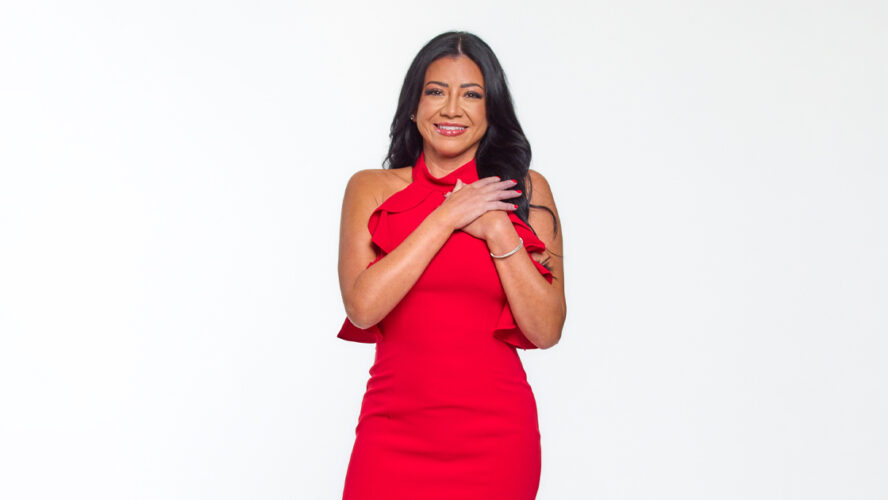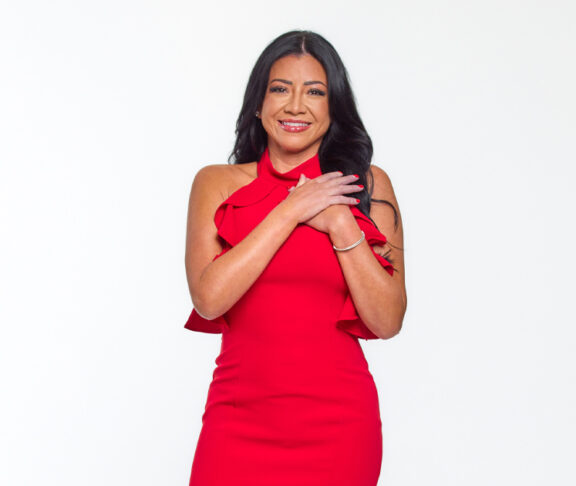Erika Livingston suffered a heart attack at 41. Now she’s advising other women to listen to their bodies. It could save your life.
Erika Livingston is a suburban Dallas business owner and a self-described workaholic, a “200-miles-per-hour girl.” She led a busy, active life until a heart attack stopped her in her tracks.
Erika, 43, woke up one morning two years ago with horrible chest and back pain. At first, she attributed the pain to a previously diagnosed autoimmune disorder. But after attempts to relieve the pain failed, her husband convinced her to go to a nearby hospital.
Fortunately, she did. At the emergency room, the doctor told Erika she was having a heart attack. In shock, she grabbed her husband’s hand and started to cry.
“I’m 41,” Erika said. “I work out all the time. I eat healthy, take my medicine. There’s no way, no way that I’m having a heart attack.”
Weather prevented her from being medevacked to Dallas for specialized care, but after a bumpy transport by ambulance, Erika made it to the hospital where a cardiologist told her that one of her arteries was 75% blocked. She received a stent to increase blood flow to her heart.
“Your life just flashes before you,” she said. “I’m too young. I cannot leave this earth right now. I’m not ready.”
CVD in women
According to the American Heart Association, cardiovascular disease (CVD) is the leading cause of death in women. While many think of CVD as a disease that primarily affects older men, nearly 45% of women over age 20 are living with some form of CVD.
“Heart disease and stroke can affect a woman at any age,” said Harmony Reynolds, M.D., director of NYU Langone Health’s Sarah Ross Soter Center for Women’s Cardiovascular Research and American Heart Association volunteer. “Cardiovascular disease remains the greatest health threat for women, yet less than half of women are aware it’s their leading health threat. It’s important for women to learn the signs and symptoms, and to take action if they happen. We have to prioritize our own health and remember to take care of ourselves.”
Today, lifestyle changes and proper adherence to medication have helped Erika continue to survive and thrive.
“I was given a second chance, and I told myself I’m going to live it right,” she said. “I just take life, every moment of it, I take it in, because you never know what’s going to happen.”
Erika hopes that her story will inspire other women to prioritize their heart health. She is one of 12 women chosen this year to represent the American Heart Association’s national Go Red for Women® movement.
“I would like to bring as much awareness as possible and to save one life, even if it’s one life only,” she said. “If I could help one person, then I’m happy.”
Signs and symptoms of heart attack
If you’re experiencing any of the following symptoms, call 911 and get to a hospital right away:
- Uncomfortable pressure, squeezing, fullness, or pain in the center of your chest that lasts for more than a few minutes, or goes away and comes back.
- Pain or discomfort in one or both arms, the back, neck, jaw, or stomach.
- Shortness of breath with or without chest discomfort.
Other signs like breaking out in a cold sweat, nausea, or lightheadedness.

